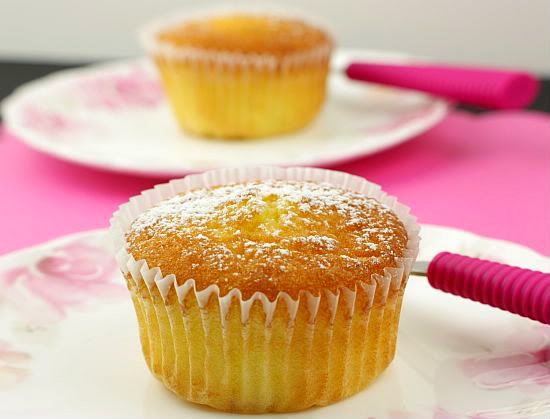Baklava is a rich, sweet pastry featured in many cuisines in the area once controlled by the former Ottoman Empire, in Central Asia and in the lands in between. It and its variants are thus popular in Turkey, the Balkans, Cyprus, much of the Arab world, Iran, the Caucasus, Afghanistan and the lands of the Turkic peoples of Central Asia. It is a pastry made of layers of phyllo dough filled with chopped nuts and sweetened with syrup or honey.

Rick Stein: "I have already mentioned the impressive furore of activity at Imam Cagdas, the kebab restaurant in Gaziantep, and this was especially so on the first floor where they were making baklava. There must have been 50 or 60 people preparing the paper-thin pastry and the bright green pistachios, building up the trays of baklava and baking them in the huge, wood-fired ovens. But only two people, Burhan Cagdas's ageing father and one other, were allowed to apply the boiling hot syrup after baking, which had to be at just the right temperature and consistency. There was so much flour in the air where the pastries were being assembled that everyone seemed to be working in a dream-like haze. The most distinctive elements, apart from the perfect pastry, were the vibrantly green pistachios, harvested when young, and the butter made from ewe's milk. This is their recipe and is still very good even when made with ordinary butter and pistachios, and is just perfect with a cup of strong black coffee - Turkish, of course."
Baklava Recipe (Makes about 20 pieces)
(Adapted from Rick Stein's Mediterranean Escapes)
Ingredients
- 500 g filo pastry sheets
- 150 g clarified butter, warmed (* see note below on how to make clarified butter)
- 250 g shelled pistachio nuts
For the Pastry Cream:
- 300 ml milk
- 40 g Semolina
For the Syrup:
- 600 g granulated sugar
- 1 tsp lemon juice
* To make Clarified Butter: Place butter in a small pan and leave it over a very low heat until it has melted. Skim off any scum from the surface and pour off the clear (clarified) butter into a bowl, leaving behind the milky white solids that will have settled on the bottom of the pan. The butter is ready to use.
Method
- First make the pastry cream. Put the milk and semolina into a small, non-stick pan and slowly bring to the boil, stirring. Simmer for 1 minute, then transfer the mixture to a bowl, press a sheet of clingfilm onto the surface to prevent it from forming a skin and leave to go cold.
- Preheat the oven to 160C. Cut down the filo pastry sheets if necessary so they will line a 20 x 30-cm shallow, rectangular, non-stick baking tin. Brush the base and sides of the tin with some of the clarified butter, then line the base with 15 single layers of pastry, brushing each one lightly with butter before adding the next. Don't butter the last sheet of pastry.
- Mix the pastry cream until smooth, loosening it slightly with a little milk if it seems stiff, then spread it evenly over the top of the pastry. Sprinkle over the chopped pistachios in an even layers. Cover the top of the baklava with another 15 layers of filo pastry, lightly brushing with butter between each layer.
- Using a larger, very sharp knife, cut the baklava into portion-sized pieces - make 3 evenly spaced cuts lengthways down the tin and then cut across at an angle to make small diamond-shaped pieces (Note: I prefer to cut them into square pieces, less wastage). Drizzle over any remaining butter. Bake the baklava for 1 hour until crisp and richly golden.
- Meanwhile, for the sugar syrup, put the sugar and 350 ml water into a pan and leave over a low heat until the sugar has completely dissolved and the mixture is clear. Then bring to the boil and simmer vigorously until it reaches 107-108C, the 'thread' stage - you will need a sugar thermometer to check. Add the lemon juice to the syrup and set aside.
- A minute or two before the baklava is ready to come out of the oven, bring the sugar syrup back up to the boil. Remove the baklava from the oven, quickly and carefully run a knife along the cuts to check the pieces are all separated, then immediately pour over the hot syrup. This will look like a large amount, but it will gradually be absorbed by the pastry as it cools. Leave the baklava to go cold, then carefully remove from the tin to serve.
Labels: Dessert, Greek, Mediterranean, Nuts, Turkish



